I knew the Nenets to be of Turkic, Mongolian or a mixture of genealogy. The article does not provide evidence of any DNA lineage. Is this a closely guarded State secret? My mtDNA came with a high match for the Yakuts, I would think that the Yakuts and the Nenets are closely related to the Kipchaks.
We’re back from Tribal Quest Siberia!
- By Esther
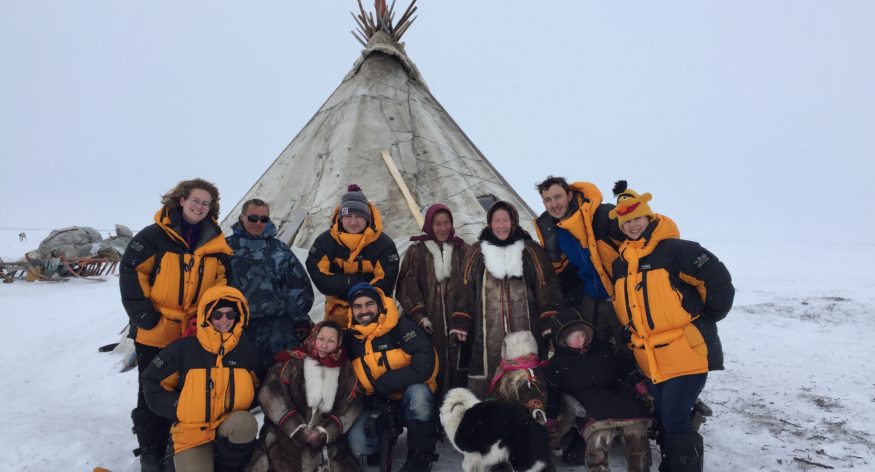

Our team of employee volunteers recently returned from our third Tribal Quest expedition — this time to Siberia — to continue our mission to preserve the family histories of remote tribes. Throughout the month-long journey, our team documented the stories of the Nenets people living in the Yamal Peninsula in Siberia, to treasure the unique heritage of this nomadic herder tribe.
The trip to Siberia faced many challenges along the way, including extreme weather conditions and transportation issues, which made traveling to remote families very difficult. By the same token, the far reaches of Siberia provided a rare opportunity to document the exceptional family life and tradition of a tribe in a spectacular area, with the glow of the northern sky at night, and a brilliant white glare as far as the horizon during the day.
Here is a short video showing highlights from Tribal Quest Siberia:
For those unfamiliar with the Tribal Quest project, it is a unique mission launched by MyHeritage in early 2016 to document the family histories of tribal people around the world. Across a diverse range of cultures and backgrounds, our lives and family traditions are shaped by the generations that came before us, and we all have much to learn from our ancestors.
People living in remote locations with limited access to modern technology don’t have the tools to digitize their rich family histories, and they are often left unrecorded. Our goal is to help create a database of these invaluable stories, before they disappear forever. By sending our teams to visit tribal communities around the world, we are able to use tools we have developed to help preserve their family histories for future generations.
Previously, the MyHeritage team had visited tribal communities in Namibia and Papua New Guinea. This post describes our third expedition to document the family histories of the Nenets people living in the Yamal Peninsula in Siberia.
The Nenets
Deep in the Siberian wilderness, in the Yamal-Nenets region in the outskirts of Russia, a tight-knit nomadic people can be found. The Nenets are nomadic reindeer herders who have managed to keep alive for generations the most traditional and colorful culture of any nomadic group on the planet.
Yamal means “Edge of the World” in the language of the Nenets, and the Yamal Peninsula really does feel like it is on the outskirts of civilization. This reminds us of our Tribal Quest mission to Namibia, in which we visited the town of Opuwo whose name literally means “up to here and no further”.
One of the least famous, yet most important regions of the Russian Federation, with a territory around 1.5 times the size of France, the Yamal-Nenets Autonomous District (YNAO) is located in the West Siberian North, just northeast of the geographic border between Europe and Asia. Today, there are more than 10,000 nomads who herd 300,000 domestic reindeer on the pastures of the Arctic tundra.
There are no trees in sight, and the reflection of the sun on the pristine white snow can be blinding. Herds of reindeer and sled are scattered all around.
The Nenets’ “chums” (nomadic tents) are covered with reindeer skin to act as shelter from the bitter cold. They dress in reindeer fur clothes and eat a diet high in protein of raw reindeer meat and fish.
During our trip, we were able to witness the special relationship between the tribe and the reindeer they herd. Reindeer are the single most important animal in the region and are an integral part of this tribe’s lifestyle. Every aspect of Nenets life is dependent on reindeer, from food, transportation, clothing, religion, and trade. The reindeer migration patterns even dictate the movement of the communities. The Nenets migrate thousands of kilometers each year on hand-made, wooden, reindeer-drawn sledges in search of grazing.
Inside the dimly lit and crowded chums, members of the tribe warmly welcomed the MyHeritage team into their families. For several weeks, the MyHeritage team lived with members of the Nenets tribe.
Golan Levi, MyHeritage UX Expert and founder of MyHeritage’s Tribal Quest initiative was amazed at how hospitable the Nenets were:
The people we met were incredible. It was fascinating to see how important family is to them, how much they try to protect it. We lived in their midst, sat around the table together with them, and asked them to tell us what they knew about their family history and their traditions. They told us all about their ways of life and what they want to pass on to their children.
The families we met understood the great importance of safeguarding their ancient and unique culture for future generations. Every meeting to delve into family history was documented and photographed. Collecting names and dates, along with the testimonies, was a complicated task. The team connected all of the pieces of individual testimonies, to build complete family stories.
We were able build 13 family trees in Siberia with over 3,000 people in them, taking thousands of photographs and hundreds of hours of video footage, documenting the people, their daily life, their environment and the family unit.
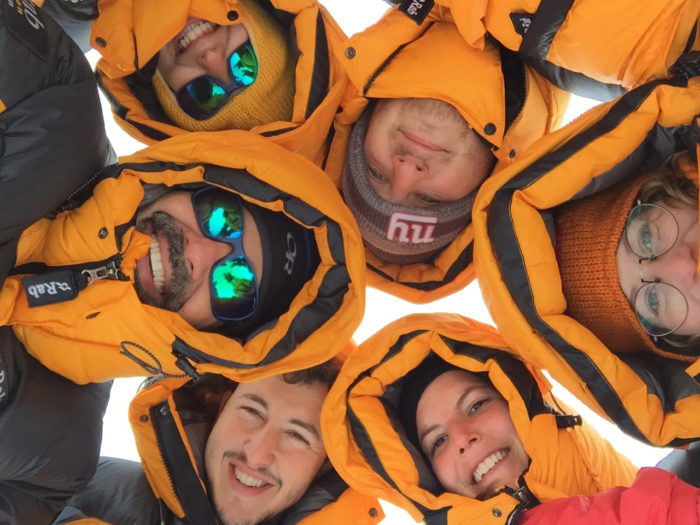
These are our 6 hero MyHeritage employees who traveled thousands of kilometers for this important expedition.
We are privileged to be able to use our innovative technologies to bring the benefits of genealogy to remote tribes who would otherwise have no access to such tools. We believe in the importance of recording diverse cultural heritage at risk of being lost and preserving it for future generations.
Visit our Tribal Quest website to learn more about the family histories we documented in the Namibia and Papua New Guinea expeditions. Stay tuned for new Tribal Quest materials from the Nenets in Siberia that will be uploaded to the Tribal Quest website soon, showcasing the Nenets people, their culture, and their families.
MyHeritage is already planning its 4th Tribal Quest expedition. The destination? Watch this space to find out!

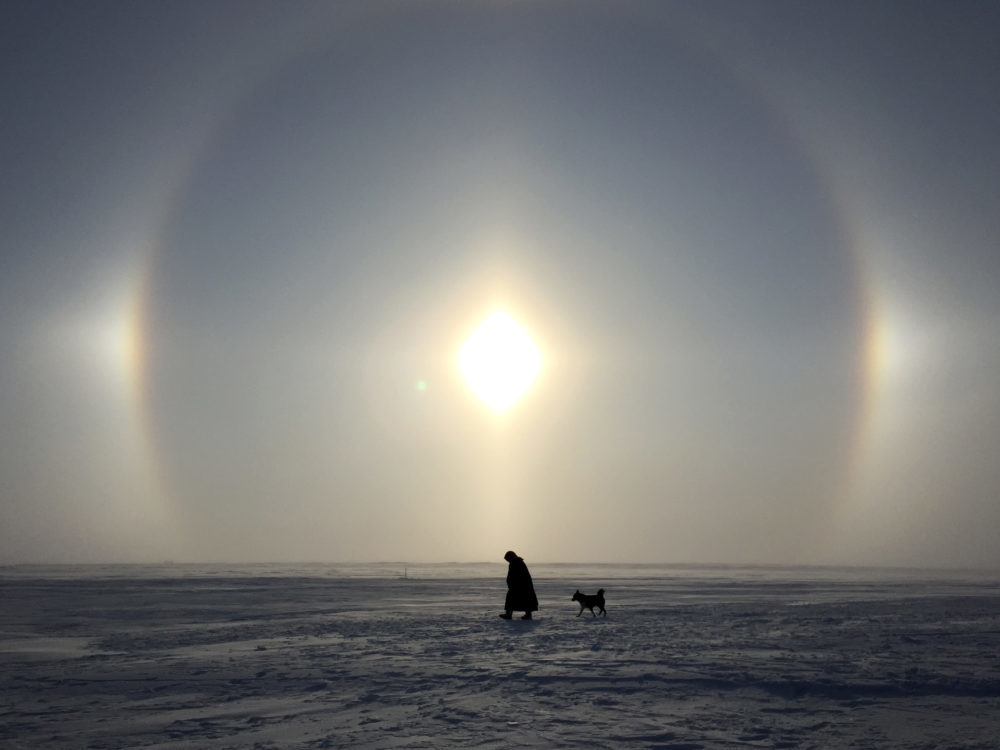
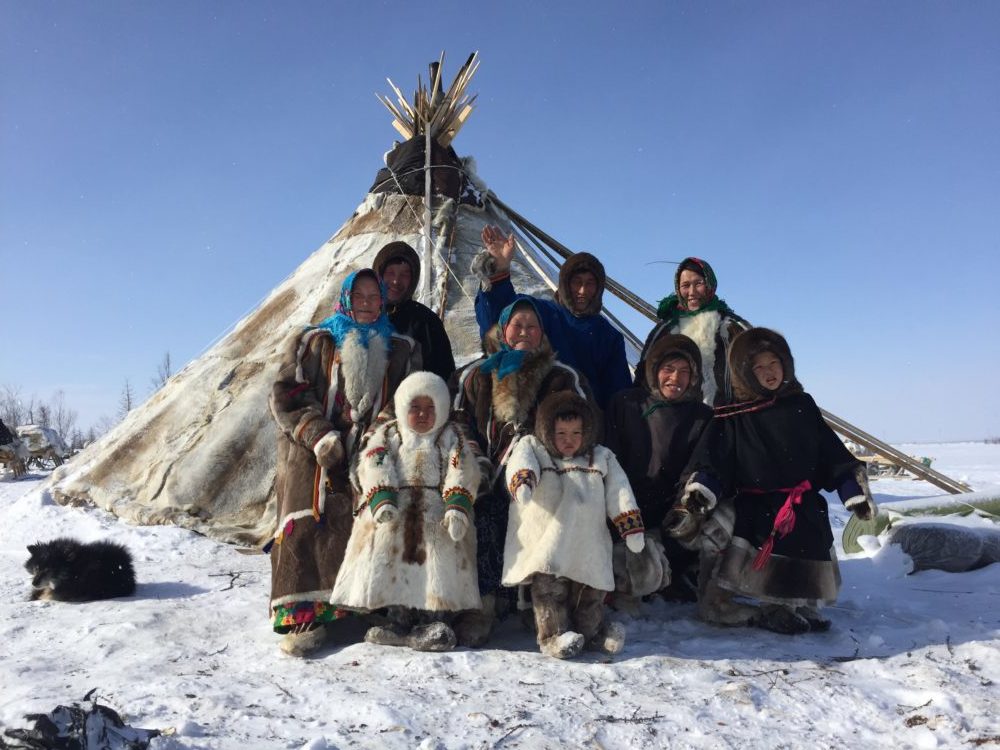

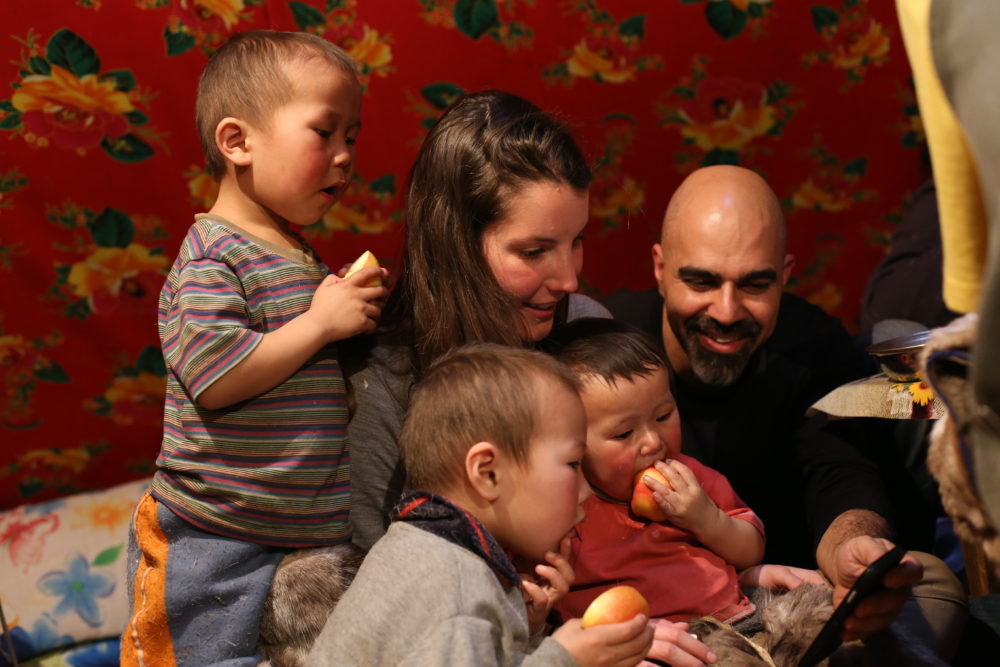
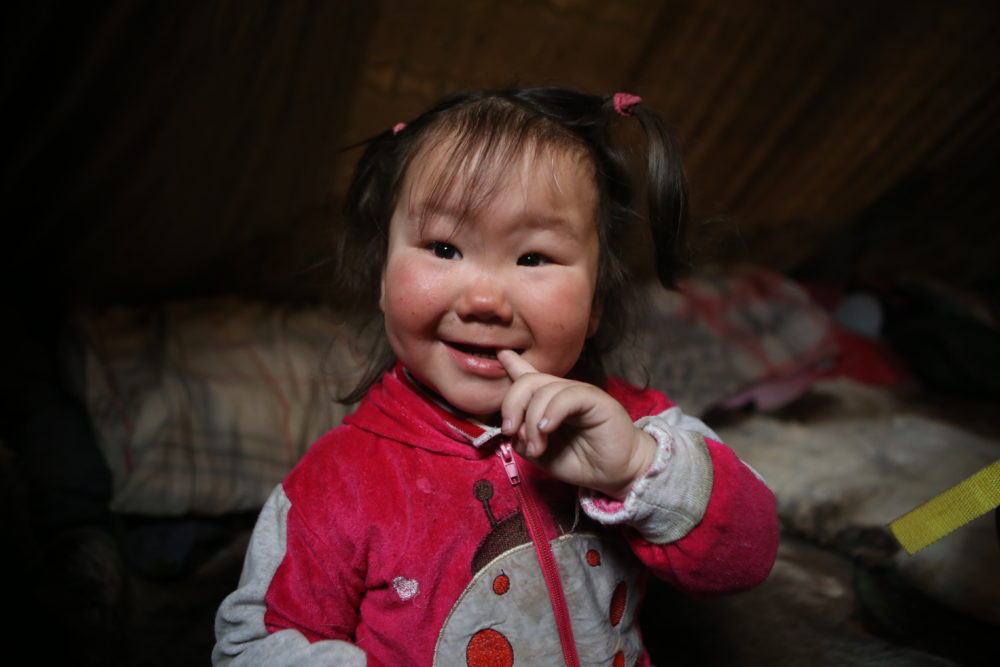




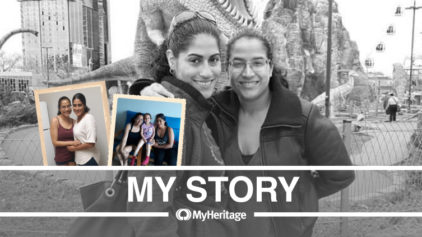

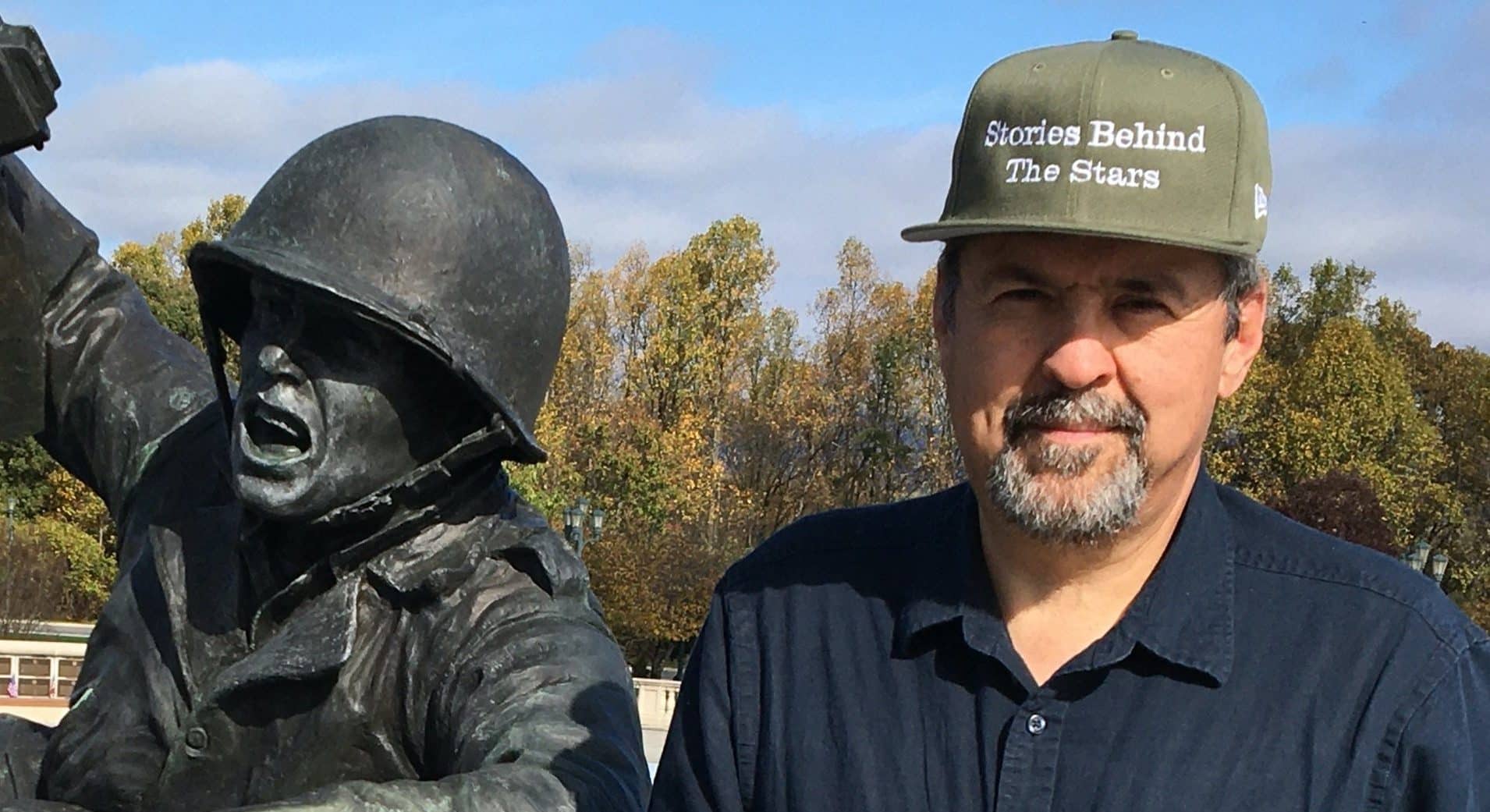
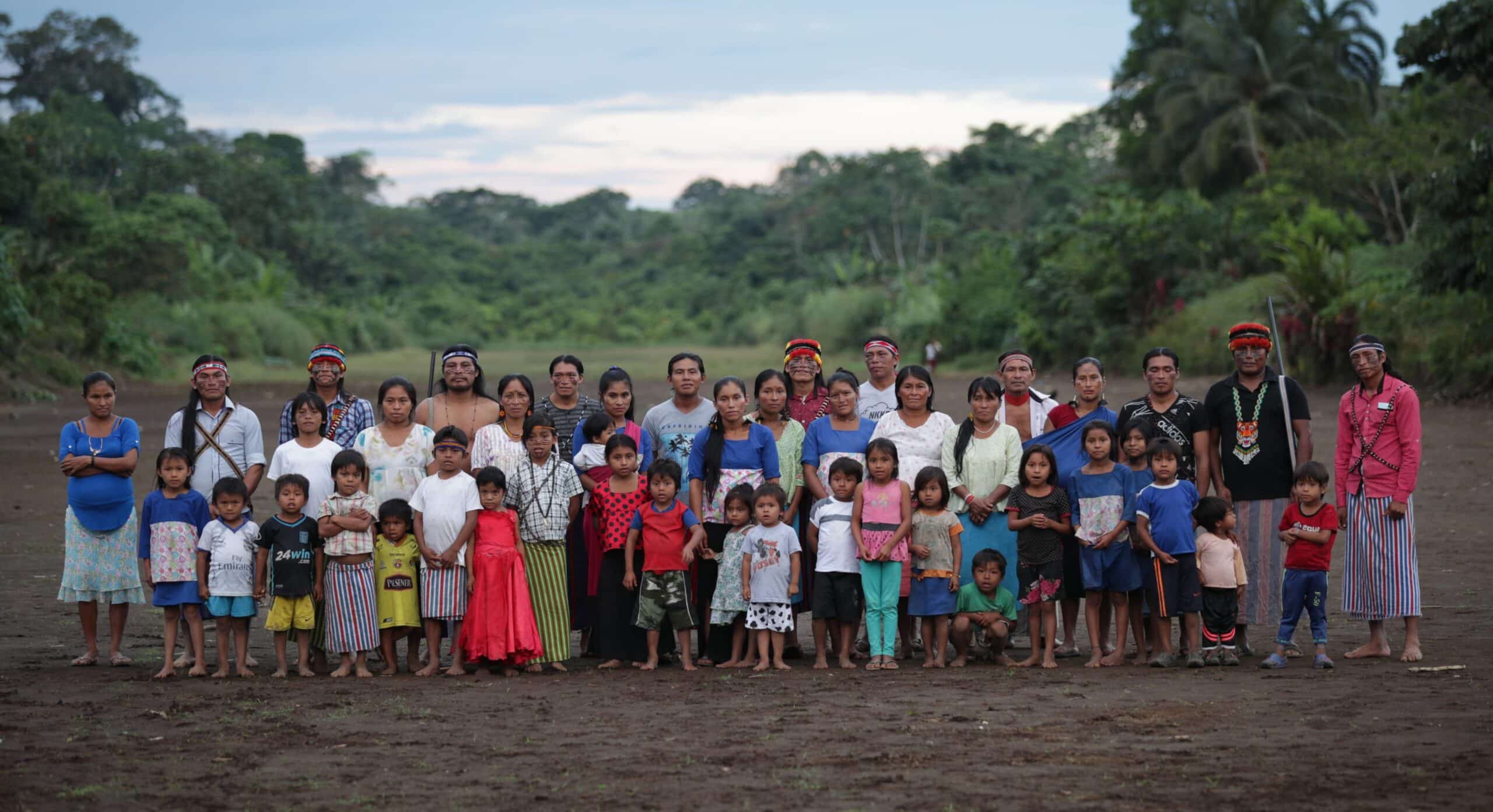


Harold
July 6, 2017
Amazing and Courageous Nomadic peoples of Nemets in Siberia
That had this interesting visit from My Heritage expedition_-Great work !